The Ethiopian Agriculture Portal (EAP) is a gateway to agricultural information relevant to development of Ethiopian agriculture. EAP makes access to information easier because it uses a simple, logically laid-out web interface from which users can access documents on agricultural commodities important to Ethiopia. The collection includes many documents in local languages mainly Amharic…
The intended audiences of the portal are all those engaged in public or private agricultural development endeavors in Ethiopia; including extension, research, higher education, private sector, and other government and non-government stakeholders. In short, it serves national and international entities interested in Ethiopian agriculture as partners in trade, investment, or development.
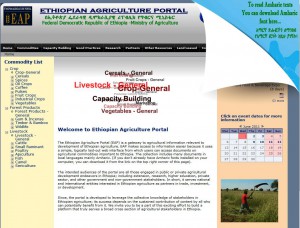 A very worthy effort, and not badly done. But one is sorry not to see any mention of the Institute of Biodiversity Conservation in Addis Ababa, with it’s storied genebank housing a unique collection of local crop germplasm. And although it is welcome to see, under “Other Resources”, reference to the Domestic Animal Diversity Information System and the Domestic Animal Genetic Resources Information System, one longs for similar exposure for international databases on plant genetic resources, in particular those of the CGIAR Centres, whose data is of course also now available through Genesys.
A very worthy effort, and not badly done. But one is sorry not to see any mention of the Institute of Biodiversity Conservation in Addis Ababa, with it’s storied genebank housing a unique collection of local crop germplasm. And although it is welcome to see, under “Other Resources”, reference to the Domestic Animal Diversity Information System and the Domestic Animal Genetic Resources Information System, one longs for similar exposure for international databases on plant genetic resources, in particular those of the CGIAR Centres, whose data is of course also now available through Genesys.
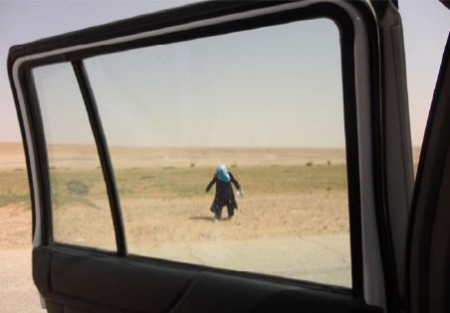
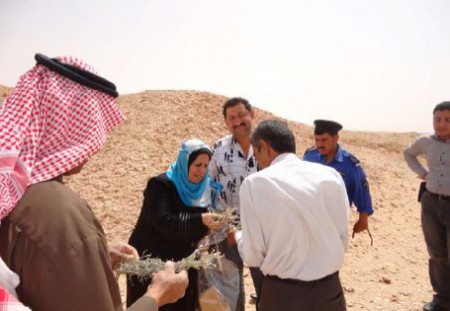
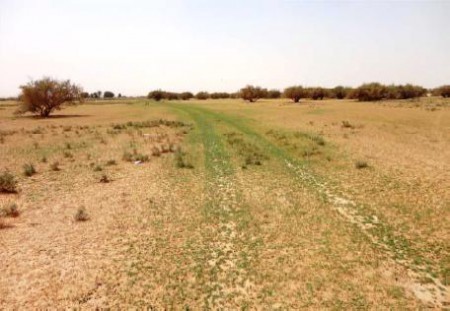
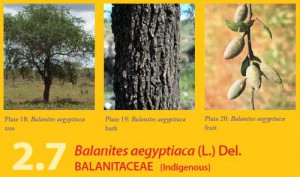 ICRAF’s project and publication on trees with antimalarial properties has made it into the prestigious medical journal
ICRAF’s project and publication on trees with antimalarial properties has made it into the prestigious medical journal